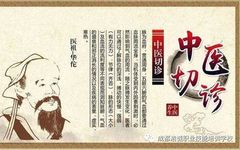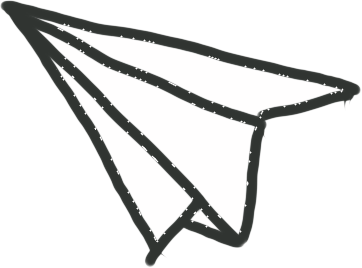
Click the blue text above to follow us!
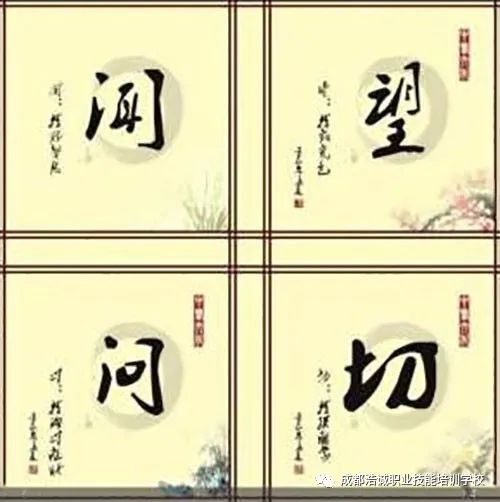
Observation, Listening, Inquiry, and Pulse Diagnosis are terms used in Traditional Chinese Medicine (TCM). The “Ancient and Modern Medical System” states: “The four characters of observation, listening, inquiry, and pulse diagnosis are indeed the guiding principles of medicine.” They represent four diagnostic methods and are fundamental to learning TCM.
What does Pulse Diagnosis mean?
Pulse diagnosis is one of the four diagnostic methods in TCM. It refers to the practice of feeling the pulse (i.e., mai zhen – pulse diagnosis) and palpation.
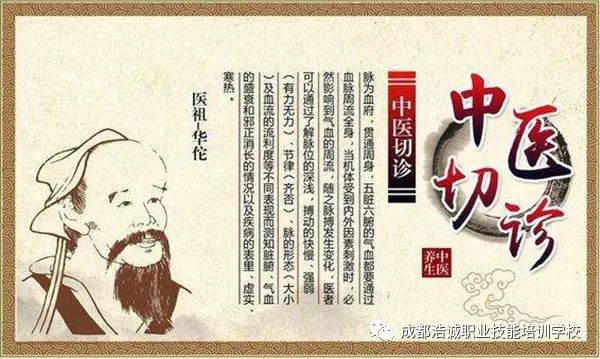
Pulse diagnosis, or mai zhen, is the examination of the pulse, which is the vessel of blood, circulating throughout the body, with the qi and blood of the five organs and six bowels flowing through the blood vessels.
Location for Pulse Diagnosis
Typically, the pulse is taken at the cun kou (寸口) pulse, which is the superficial part of the radial artery at the wrist.
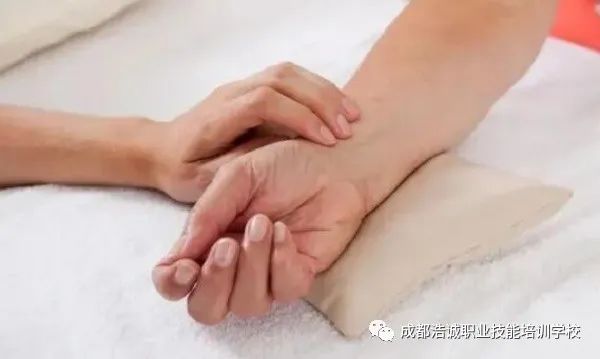
Methods of Pulse Diagnosis
During pulse diagnosis, the patient should be seated or lying supine, with the arm extended at the same level as the heart, palm facing up, and the forearm flat to ensure smooth blood flow.
To feel the pulse, use three fingers to locate the pulse at the radial artery at the styloid process of the radius. The middle finger is placed at the guan (关) position, the index finger is placed at the cun (寸) position (distal), and the ring finger is placed at the chi (尺) position (proximal). The three fingers should be arranged in a bow shape at the same level, using the pads of the fingers to touch the pulse. The spacing of the three fingers should be adjusted according to the patient’s height; if the patient is tall, the fingers can be spaced wider, while if the patient is short, the fingers should be closer together. The arrangement of the fingers should be neat to ensure the accuracy of the pulse shape.
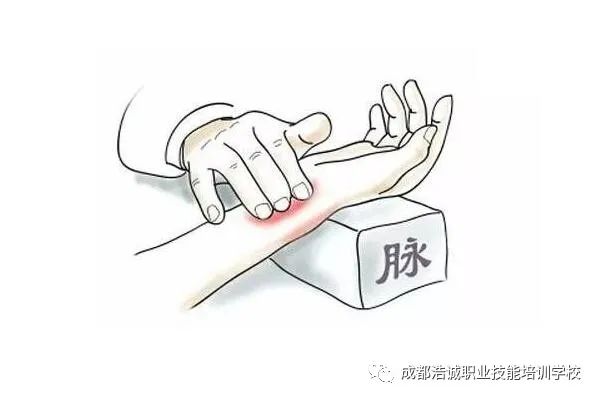
For children, the cun kou area is small and cannot accommodate three fingers; one finger (thumb) can be used to locate the guan position without subdividing into three parts. For children under three years old, the pulse can be assessed by observing the fingerprints instead of pulse diagnosis.
During pulse diagnosis, three levels of pressure are applied: initially light pressure to feel the floating pulse, known as ju (举); then moderate pressure to feel the middle pulse, known as xun (寻); and finally heavy pressure to feel the deep pulse, known as an (按). Depending on clinical needs, the sequence of ju, xun, and an can be repeated or performed in reverse order, or a single finger can be used for direct pressure to experience the pulse.
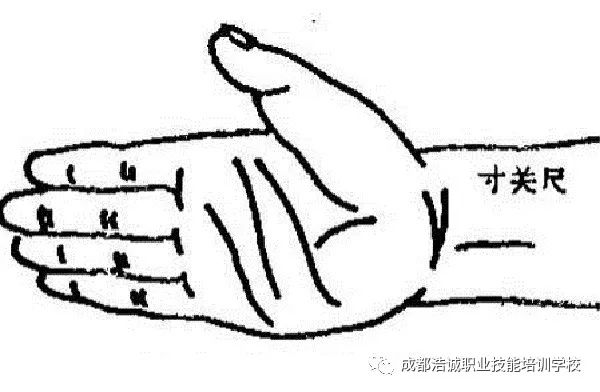
The cun, guan, and chi positions each have floating, middle, and deep qualities, referred to as the three positions and nine qualities.

Palpation refers to the examination of the patient’s skin, limbs, abdominal distension, and acupoints through touch, pressure, and tapping to assess pathological changes. Common palpation areas include the chest, ribs, abdomen, skin, limbs, and acupoints.
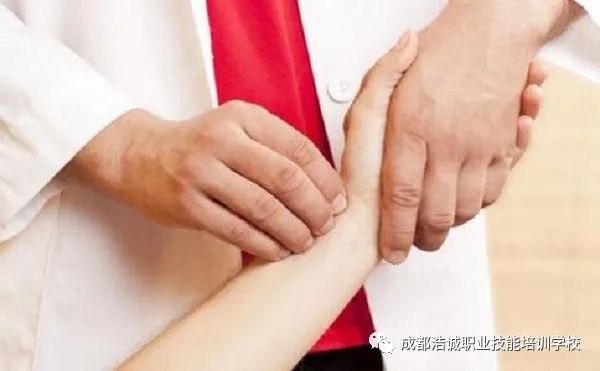
In simple terms, it involves assessing the patient’s pulse condition and palpating specific areas of the body to detect or verify internal and external pathological changes.
Mnemonic Rhyme
The left cun corresponds to the heart, the right cun corresponds to the liver.
Both chi correspond to the kidney’s gate of life, the upper, middle, and lower jiao correspond to front and back.
Floating and deep distinguish yin and yang, slow and cold, rapid and hot require careful consideration.
Thin and weak differ from thick and strong, short and weak versus long and strong, know the eight principles.
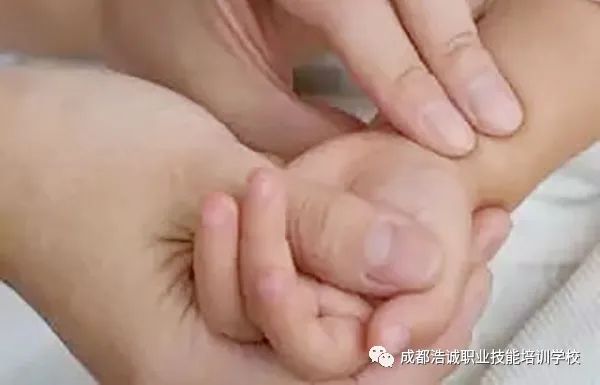
Palpation of the acupoints
Pathological changes in the organs can manifest at corresponding surface acupoints. By palpating the acupoints along the meridians, nodules, cord-like structures, painful points, or allergic reaction points can be discovered, which can serve as auxiliary diagnoses for certain diseases.
For example, a patient with hepatitis may experience tenderness at the qi men (期门) and gan shu (肝俞) acupoints; a patient with gallbladder disease may have tenderness at the dan shu (胆俞) acupoint; a patient with gastric and duodenal ulcers may have tenderness at the zu san li (足三里) acupoint; and a patient with acute appendicitis may have significant tenderness at the appendix point (one inch below the zu san li acupoint), etc.

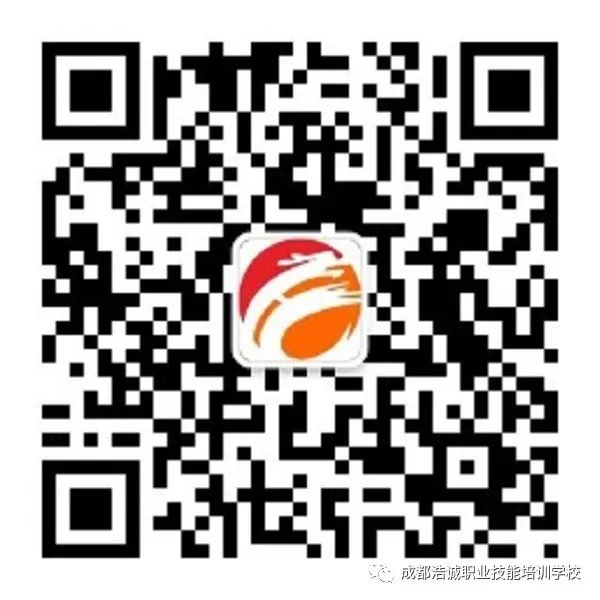
Long press to scan the code to follow
Learn more~

